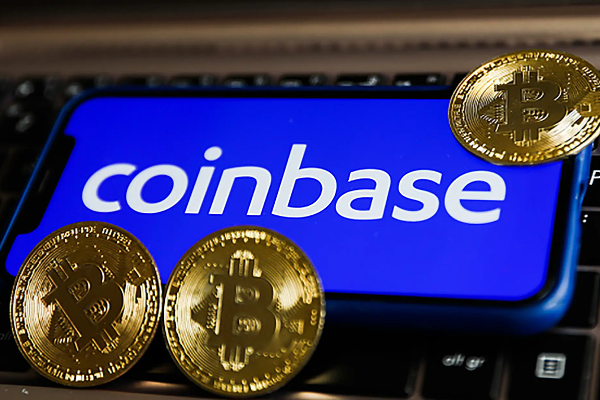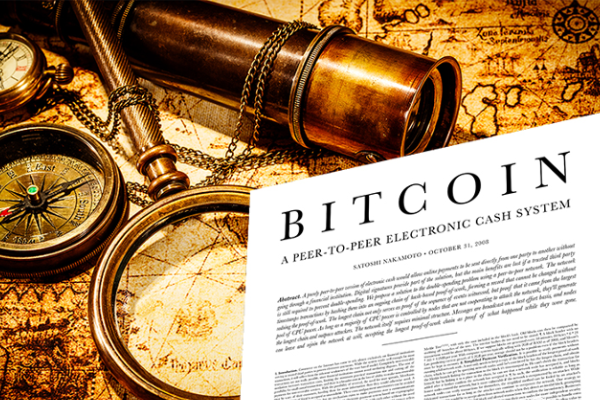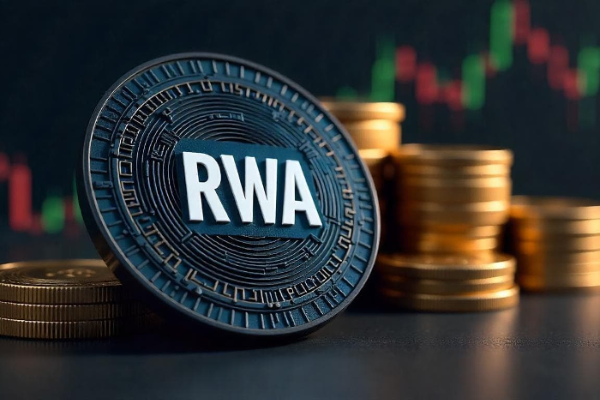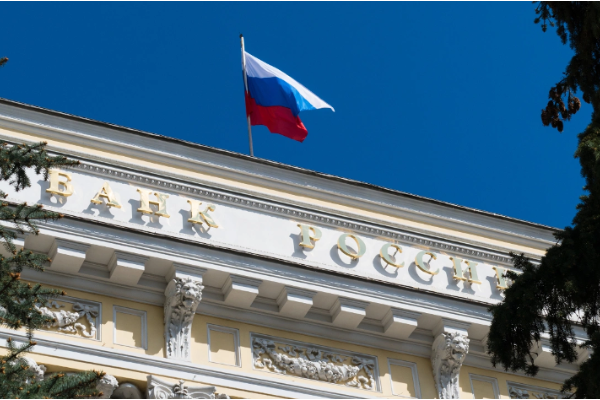Convincing people with price increases? Learn about the new payment public chain Keeta in one article
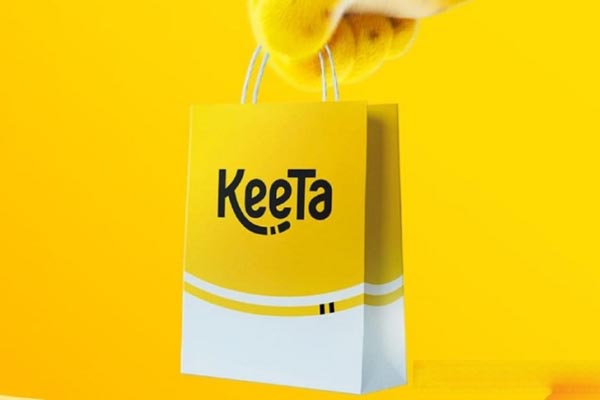
The biggest highlights of Keeta, a payment network for RWA and stablecoins, are "10 million TPS" and "built-in compliance".
Recently, the regulation of stablecoins in the United States has made important progress. The Senate Banking Committee passed the "Guidance and Establishment of a National Innovation Act for Stablecoins in the United States" (hereinafter referred to as the "GENIUS Act") with a vote of 18:6. Embracing compliance has become the general trend for the large-scale adoption of stablecoins.
Although most stablecoins are issued on Layer1 such as Ethereum, Tron, and BSC, these public chains themselves do not have compliance mechanisms, which may discourage some traditional financial institutions. At present, some public chains focusing on payment, such as Stellar, have built-in account control and anchoring mechanisms to support KYC. As supervision becomes stricter, more public chains with built-in KYC/AML mechanisms may appear to meet global compliance needs.
Recently, Keeta, a public chain focusing on RWA and stablecoin payments, conducted a TGE on the Base network. At present, few people in China have paid attention to this project, but it is very popular overseas. In early March, because the project chose to issue coins roughly without marketing preparation, many people Fud was a scam project whose Twitter was stolen. Subsequently, the project began to issue white papers and engage in marketing. The team and founder Ty Schenk were very diligent in opening Space and answering questions on Twitter. Fud's voice was suppressed a little.
On March 17, Keeta's token KTA rose sharply, with a single-day increase of more than 50%. Since its launch on March 6, KTA has risen by more than 2,500%. At present, its TVL exceeds 70 million US dollars, and the number of currency holding addresses is about 6,500. Keeta's operation is really "quiet TGE and then surprise everyone".
First of all, what is Keeta?
Keeta is the next-generation DAG (Directed Acyclic Graph) delegated proof of stake (dPoS) blockchain system, which makes cross-border payments instant, compliant and low-cost to eliminate the bottleneck of TradFi. According to its white paper, Keeta aims to achieve two core competencies: “extremely fast speed” and “compliance with regulatory requirements”.
How fast is “extremely fast”?
Keeta promises to support processing up to 10 million transactions per second (TPS) and achieve a transaction settlement speed of 400 milliseconds. This high throughput and low latency design makes it suitable for large-scale payment and asset trading scenarios.
10 million TPS is really an exaggerated number. Generally, high-performance new chains only dare to promise 100,000 (some people in the community commented that this data is like reading a science fiction novel).
According to the Keeta white paper, Keeta’s high performance is guaranteed mainly because of: (1) no memory pool; (2) client-directed verification skip queue; (3) two-stage voting to ensure speed/security; (4) cloud servers (such as Google Cloud or AWS).
An obvious disadvantage of this underlying technology is that it is highly dependent on centralized cloud server providers. In addition, 10 million TPS may not be tested in a real application environment (even if it is bragging, you can’t verify it).
Built-in compliance mechanism
Keeta officially claims to be "the first blockchain network that fully complies with traditional financial regulations", improving efficiency through automated compliance screening, and ensuring that all transactions comply with local laws through built-in anti-money laundering (AML), bank secrecy law (BSA) and know your customer (KYC) protocols.
Token issuers can determine any rules, such as whitelisting individuals, enforcing transaction restrictions, or requiring specific certifications, which will be supported by the network. In addition, token issuers have full control over the governance of their stablecoins, such as adjusting token policies, implementing new rules, and even adjusting identity requirements. Ensure full flexibility.
To support requirements such as identity verification, Keeta's on-chain certificates enable instant verification without a third party. Trusted KYC providers on the network can provide certificates to verify specific attributes of an individual, such as age or location. A single certificate can be used to instantly verify personal identity between multiple parties.
In addition, to support the cross-network flow of legally backed stablecoins, the Keeta network's anchoring system connects traditional payment channels (such as ACH, SEPA, and SWIFT) without sacrificing security or compliance. Other blockchain networks can also be connected as anchor systems, enabling atomic swaps between stablecoins and native assets of the anchored network.
Team and financing
In 2023, Keeta raised $17 million in seed funding with $75 million in FDV, and former Google CEO Eric Schmidt also participated in this round of financing. According to some early reports, Keeta first directly served enterprises, that is, toB business, and was initially provided by invitation in the United States, Canada, Mexico, Brazil, the United Kingdom and the European Union. But unlike SWIFT, Keeta aims to serve a wider user base of payments below $1 million.
Keeta's co-founder and CEO Ty Schenk has been a software engineer since his teens, and his main work before founding Keeta was related to crypto payments.
Keeta's CTO Roy Keene is the former lead developer of Nano, who chose to leave and create a new project because he wanted to change Nano's incentive mechanism and institutional adoption.
Keeta Token Economics
The chart shows that Keeta's total token supply is 1 billion, and the token distribution is divided into four main parts:
Community/Ecosystem Reserve: 50%
Team: 20%
Early Investors: 20%
Foundation Reserve: 10%
Each part of the token has a specific lock and vesting plan, as follows:
Community/Ecosystem Reserve: 75% unlock TGE (Token Generation Event), 6 months lock, 48 months vest, unlock monthly.
Team: 9 months lock, 36 months vest, unlock monthly.
Early Investors: 6 months lock, 24 months vest, unlock monthly.
Foundation Reserve: 3 months lock, 48 months vest, unlock monthly.
In addition, the uses of community/ecosystem reserves include: staking rewards, community growth plans, and liquidity provision
Keeta's KTA was initially sold at Base's DEX Aerodrome for about $0.0076, which should be calculated based on the last round of valuation of $75 million. There are currently 400 million tokens in circulation, with a fully diluted valuation of $168 million.
According to the roadmap, the Keeta Network testnet will be released at the end of this month, with a web wallet and block browser. The mainnet will be launched in June, and more testnet features will be launched in the months before the mainnet is released. For example, digital identity anchors, web wallet certificate support, block browser certificate support, native mobile wallets, etc.
Why does an L1 choose to TGE on L2 Base?
This is the biggest controversy facing Keeta at present. Some communities questioned that the Keeta team obviously has its own Layer1, and it also chose to TGE on Base, which is a bit redundant. After all, after the mainnet is launched, the assets must be anchored from Base back to its own chain. It seems unnecessary to do so.
The team has responded to relevant questions on many occasions. They said that the fair launch is due to the emphasis on community building, and they hope that the community can participate in the construction and growth of the project earlier. In addition, compared with Keeta, which does not have any user base, Base has a larger communication base and traffic, and the Gsa fee is cheaper than the Ethereum mainnet. The KTA token will exist on Base until the mainnet is launched, and the team will use the new anchoring function, at which time it will become the native token on KeetaL1.



